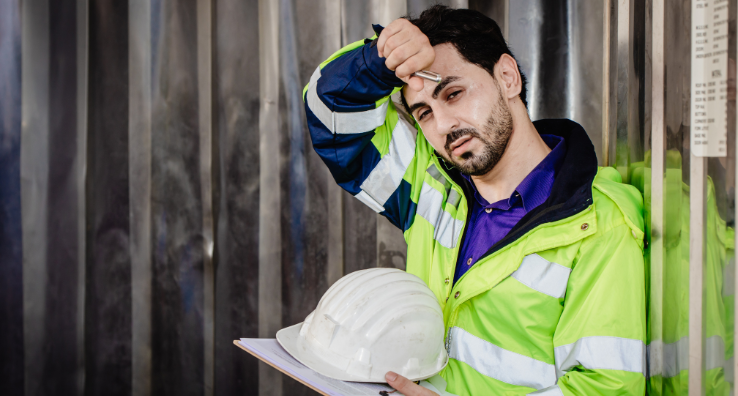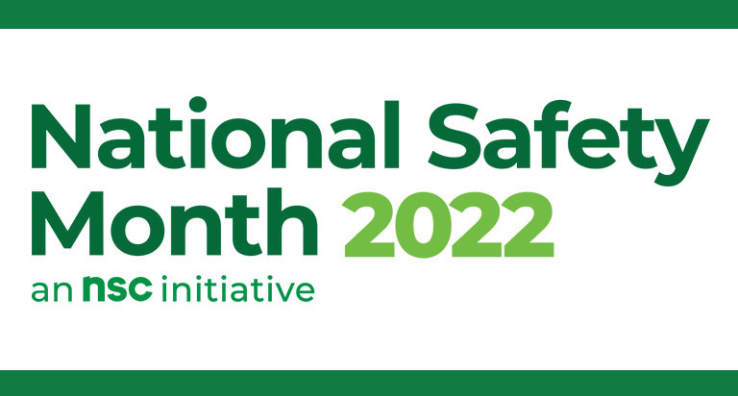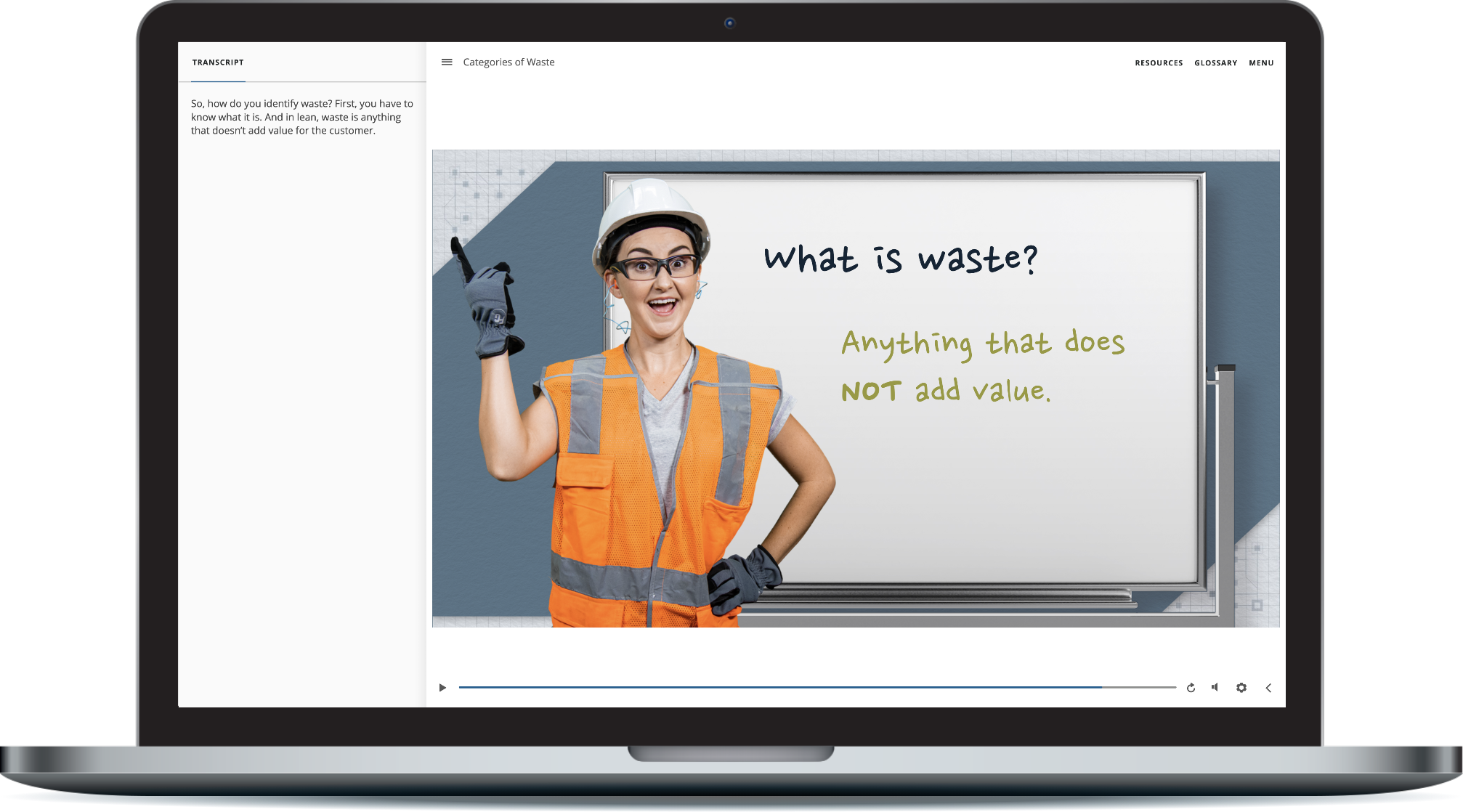3 Ways to Protect Manufacturing Workers from the Heat

As we round out National Safety Month, let’s take a moment to look at a scorching topic – Heat Safety Management. From all indications, we appear to be set to experience one of the hottest summers on record – again. Hopefully, by now, all manufacturers have updated policies and redesigned facilities to ensure heat safety for frontline workers. If you haven’t yet, here are some tips and reminders.
Considering the substantial health risks associated with employee exposure to extreme heat, manufacturers are obligated to create work environments that minimize the risk.
Employee well-being is undoubtedly the number one priority when it comes to heat safety, and I’ll get into that later. But even from a profit-based perspective, improving heat safety is a no-brainer. Let’s look at a hypothetical example.
If a company violates an OSHA regulation that leads to an injury, it could receive a $37,000 fine, which also adds an indirect cost of $41,000. That may not seem like much for a large company. However, the impact can be substantial when profit margin – not just revenue – is considered. In our example, if we assume a profit margin of 3%, that company would need to make a whopping $2.6 million in additional sales to pay for that injury.
While there is currently no federal OSHA standard specifically for heat stress, employers are always required to meet the General Duty Clause requirement to provide a place of employment free from recognized hazards that are causing or are likely to cause death or serious physical harm. Development of a standard is currently underway, and some states already have them. There is also an OSHA heat stress National Emphasis Program in place for conducting targeted inspections in over 70 high-risk industries when the National Weather Service issues local heat warnings or advisories.
Policies companies can implement to improve employee conditions and avoid costly fines are certainly not one size fits all, and different challenges arise for various operations. While food manufacturers often rely on multiple ovens that generate tremendous heat, agricultural facilities employ many outdoor workers who must also be protected from exposure. No matter what kind of manufacturing facility we’re talking about or the location, with temperatures continuing to rise worldwide, it’s a virtual certainty that heat-related safety will come into play not only this summer but all the following summers.
For those managing facilities who are looking to improve heat-related safety, it’s all about preparation. Start by asking questions like: How can you take care of your people? How do you ensure that you have the proper provisions to keep your operations going as efficiently as possible while taking good care of your people and keeping them out of dangerous conditions? How can they stay cool in hot areas? Do you need better ventilation? Do you operate ovens only at night? Is the dress code conducive to keeping cool? There are now many options for cooling clothing including cooling vests, neck wraps, arm sleeves, and shirts that are designed to help remove excess heat from the body. These can be considered by organizations when they complete their formal PPE hazard assessments and provided to employees working in hot conditions.
A crucial part of preparation is ensuring employees are fully trained in heat safety. These questions are critical because when the body temperature gets high enough, it can cause brain or vital organ damage and even death. Below are three tips for training employees to stay safe this summer.
1. Implement a Buddy System
As simple as it seems, deploying an old-school buddy system can be one of the most effective ways to avoid heat-related incidents. Being alone in hot conditions can seem innocuous, but the person affected might not realize how they’re reacting. Training employees to understand who might be more susceptible to having problems with heat is a critical starting point.
Training should also include what to look for and how to respond when someone is reacting to the heat. For example, if you notice that your buddy suddenly is starting to struggle with the heat, you should take them to the temperature-controlled break room or office with something cool to drink.
While training is critical to ensure your buddy system is effective, it must be supported by your company culture. Workers need to know that they are not only capable and knowledgeable but also empowered to make decisions to help their colleagues. It’s all about doing the right thing, even when no one is looking.
2. Encourage Healthy Lifestyles
Another key training element is educating your workforce to maintain a healthy lifestyle. If people get enough sleep, exercise, eat right, and take good care of themselves mentally and physically, it’s going to be easier for them to adjust to temperature changes. People who master these elements have a much better sense of what’s going on with their bodies as they might be moving toward a heat stress situation and take appropriate steps if they’re overheating.
The pandemic has taken a toll on all of us, and many people neglected themselves physically and mentally. Companies should provide training and incentives for employees to enjoy a healthy lifestyle. Employers also need to be aware of personal risk factors. Some workers may be more vulnerable to heat stress because of conditions such as diabetes, obesity, high blood pressure, heart disease, and medication.
3. Educate on Hydration
Typically water is all the body needs to stay hydrated. But when it gets extremely hot, people can reach a point when water isn’t enough. They need to replace lost electrolytes. It’s important to emphasize the proper mix of water and electrolyte-rich drinks, depending on the situation. Incorporating sports drinks in extreme heat environments can help people cope and avoid heat stroke.
Heat exposure is something every manufacturing worker has to deal with from time to time. As employers in these environments, you can conduct hazard identifications and risk assessments on the entire workforce to ensure they don’t miss anything. If you need help developing or updating your safety programs to protect workers from the heat, one of our workplace safety consultants are here to help.
Manufacturers can create safe, healthy conditions that lead to happy, effective workers and more efficient operations by using these training tools, listening to employees, and empowering them to take action. Contact us to learn how.





